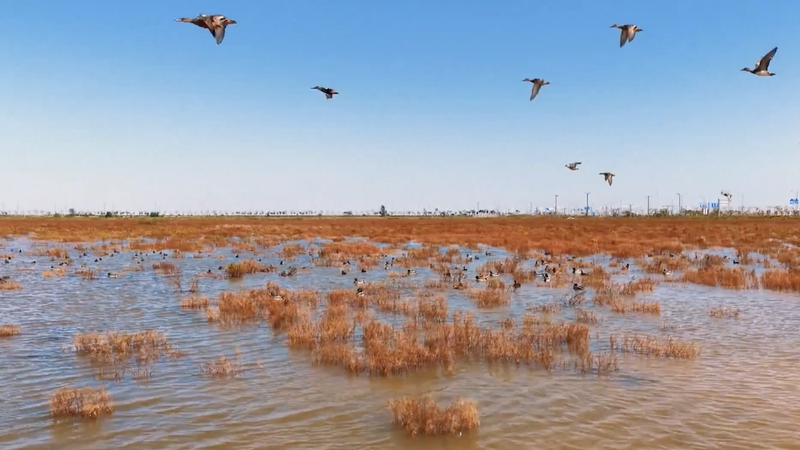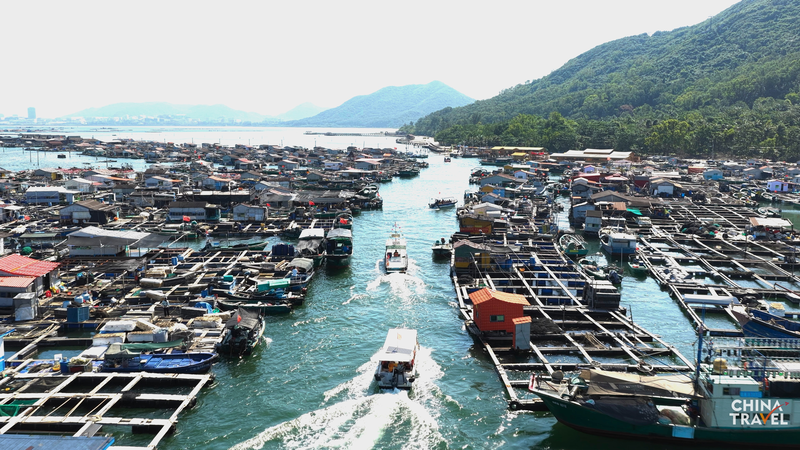At Linhong Estuary in Lianyungang, east China's Jiangsu Province, autumn paints the wetlands in deep crimson hues. Stretching to the horizon like a fiery carpet, the seepweeds28094hardy annual herbs flourishing in coastal mudflats and saline-alkali soils28094undergo a striking metamorphosis from pale red to bold scarlet as their seeds ripen from September through November.
This seasonal spectacle isn't just a feast for the eyes. Flocks of migratory birds swoop in, weaving through the reeds and feeding among the crimson foliage. Their graceful dances and melodic calls bring dynamic energy to an otherwise serene landscape, reminding observers of the intricate connections between plant life and wildlife.
Beyond its visual allure, this crimson bloom highlights the ecological resilience of coastal wetlands. Seepweeds play a vital role in stabilizing mudflats and buffering against erosion, while supporting a web of biodiversity. For young global citizens and travelers alike, Linhong's wetlands offer a vivid example of nature's adaptability28094and why conserving such habitats matters for communities worldwide.
As November draws to a close, the crimson carpets at Linhong Estuary remind us of the beauty and resilience of our planet's coastal landscapes, inviting ongoing appreciation and stewardship.
Reference(s):
cgtn.com




